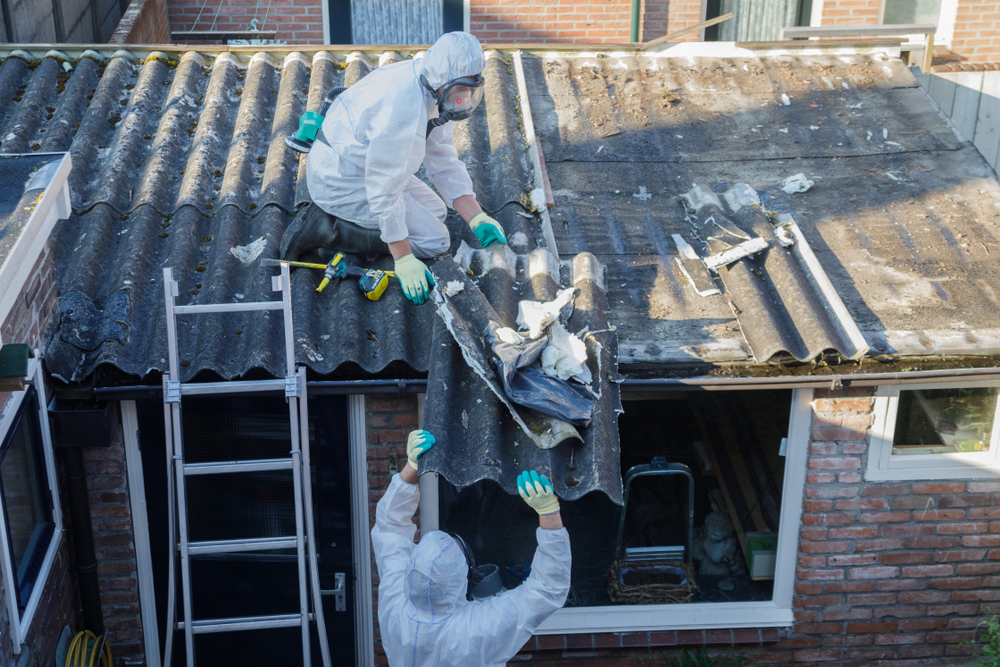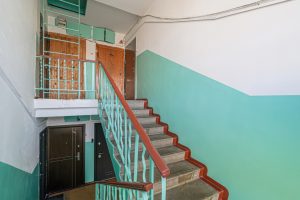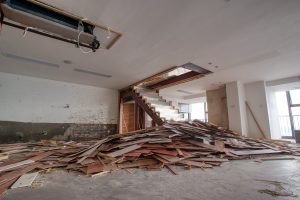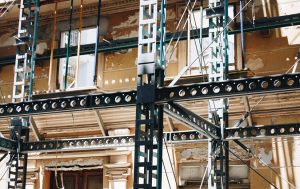Asbestos was once a staple in commercial construction, praised for its durability, fire resistance, and insulation properties. Today, we know it poses serious health risks.
When disturbed, asbestos fibers can become airborne and inhaled, leading to various cancers, including mesothelioma, lung, laryngeal, and ovarian cancer.
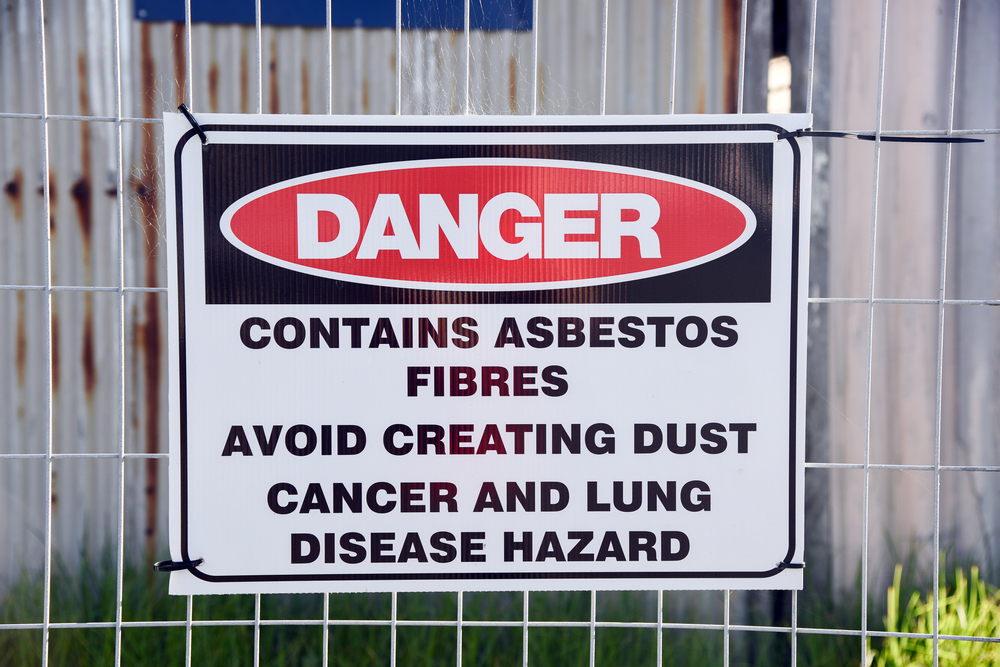
If you manage or own a building constructed before 1980, there’s a good chance asbestos may still be present—even if you can’t see it!
This is especially true in Kentucky, Cincinnati, and the surrounding Midwest, where many commercial properties still rely on aging infrastructure.
At Environmental Demolition Group, we specialize in asbestos abatement for older commercial buildings. In this post, we’ll break down:
- Where asbestos is commonly found in older structures
- Why certified asbestos removal contractors are essential
- When you should schedule an asbestos inspection
Common Places Asbestos Is Found Inside Commercial Buildings
Pipe and Duct Insulation
One of the most widespread uses of asbestos in older commercial buildings is in pipe and duct insulation. In buildings constructed before the 1980s, asbestos was often wrapped around steam lines, hot water pipes, and HVAC ductwork to prevent heat loss and resist fire.
Unfortunately, this insulation becomes extremely fragile with age, breaking down into a powdery form that’s easily disturbed during even minor maintenance.
If your building has exposed piping in basements, mechanical rooms, or drop ceilings, asbestos may be present and pose a danger.
Vinyl Floor Tiles and Adhesives
Asbestos was commonly added to vinyl composite tiles (VCT), especially the smaller 9×9 tiles found in schools, hospitals, and office buildings. The danger isn’t just in the tiles. The black mastic adhesives used to bond them to the floor often contain asbestos as well.
These materials can become brittle, crack, or lift over time. During renovations or flooring removal, breaking or grinding them releases asbestos fibers into the air, creating health hazards for occupants and crews.
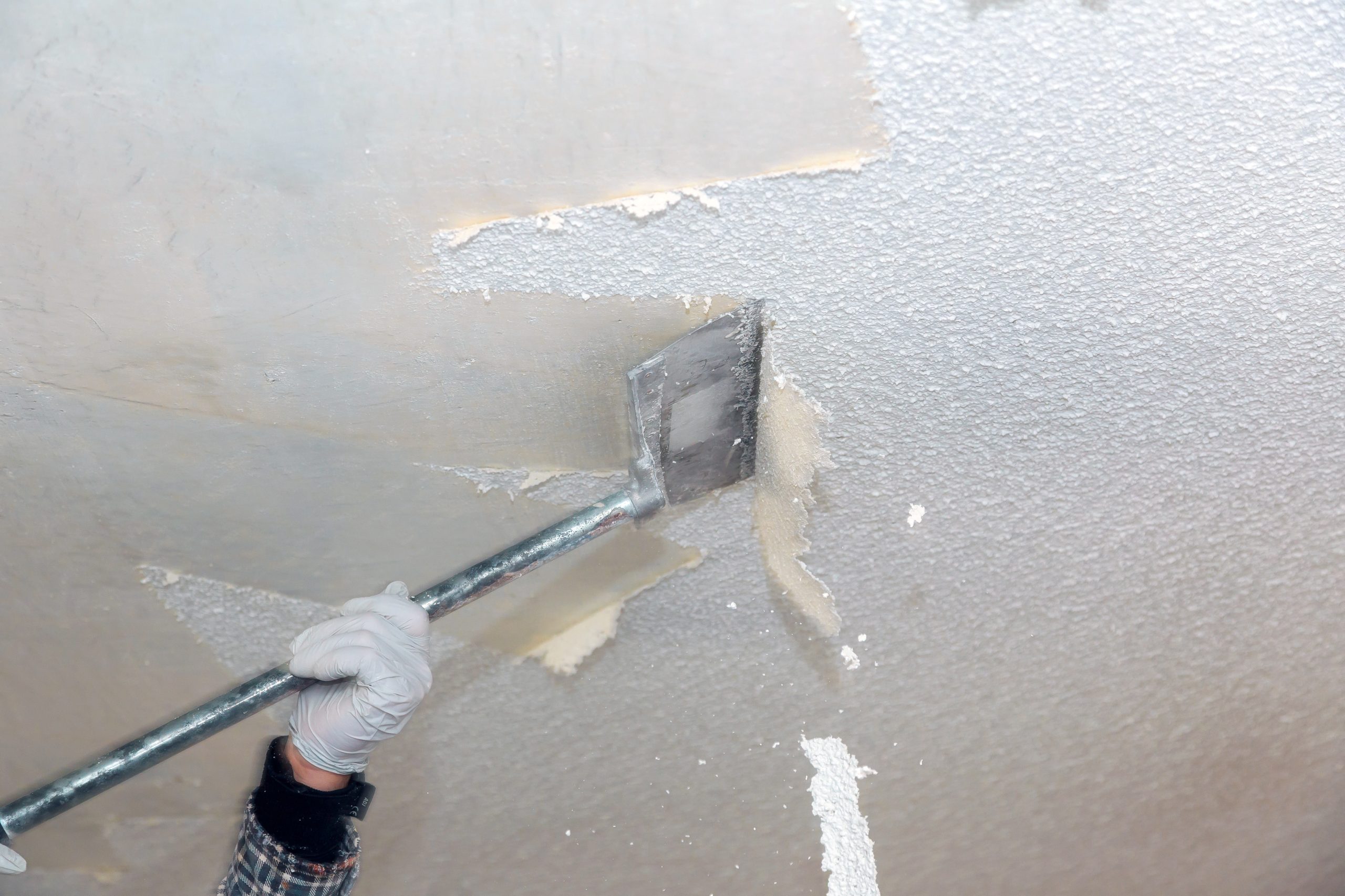
Ceiling Tiles and Acoustic Sprays
“Popcorn” textures, spray-applied acoustic coatings, and suspended ceiling tiles often contained asbestos. These products were popular for noise reduction and used to increase fire resistance, particularly in commercial buildings with large open areas, like auditoriums.
Over time, these materials degrade and can flake off, especially during roof leaks, vibration, or construction activity.
Wall Materials and Joint Compound
While drywall sheets themselves may not contain asbestos, the joint compound used to seal seams and anchor fasteners often did, particularly in buildings constructed or renovated between the 1950s and the 1970s. Plaster and textured wall coatings may also be contaminated.
Drilling, sanding, or demo work can unknowingly release fibers into the air, especially in older multi-use buildings.
Electrical Panels and Wiring Insulation
Asbestos was used in older electrical panelboards and wiring insulation due to its fire-resistant properties. You may find it wrapped around older wires, inside fuse boxes, or lining the back of electrical panels.
These materials are often overlooked during initial inspections but become exposed during electrical upgrades or renovations.
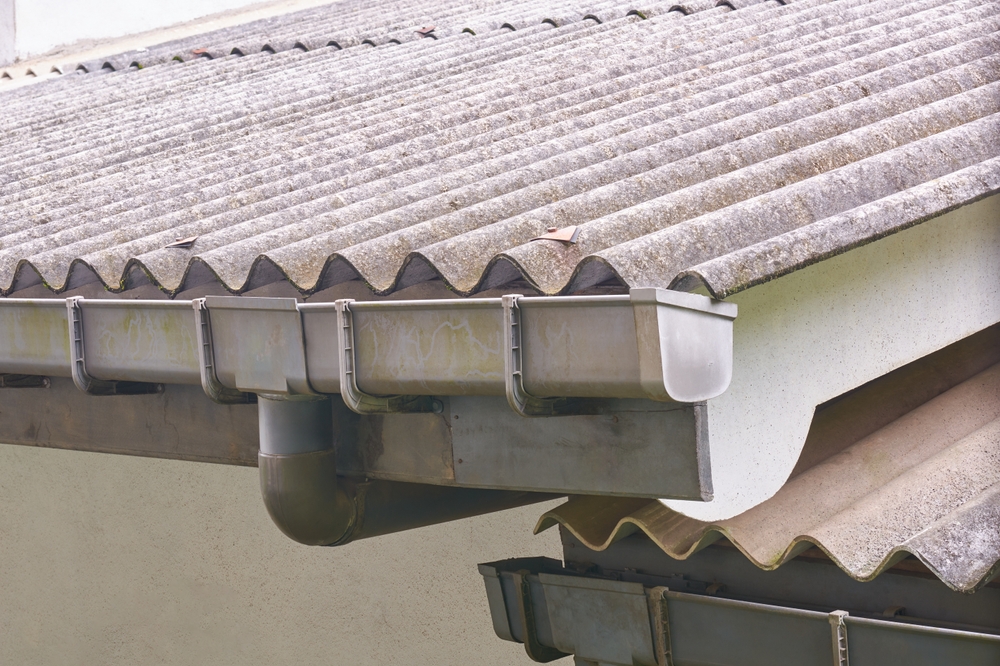
Where Asbestos May Be Hiding on the Exterior
Roofing Materials
Shingles, tar paper, felts, and flashing manufactured before 1980 frequently contained asbestos.
Weather exposure causes these to degrade and become friable, making roof repairs or removals especially hazardous if not properly handled.
Cement Siding and Panels
Known as Transite, asbestos-cement siding was widely used for its durability.
You’ll still find it on the exterior of warehouses, schools, and industrial buildings throughout the Midwest. Even if intact, power washing or renovations can release dangerous dust without warning.
Exterior Caulking and Sealants
Window caulking, door frame sealants, and exterior joint fillers were often formulated with asbestos to improve flexibility and fire resistance.
After decades of exposure to the weather, these become brittle and hazardous to remove.
Why You Need a Certified Asbestos Abatement Contractor
Asbestos isn’t a DIY problem. It’s a regulated environmental hazard that requires professional containment, removal, and disposal.
At EDG, we’re licensed and insured to perform asbestos abatement in Kentucky, Ohio, Indiana, and the broader Midwest and Mid-Atlantic regions. Our services include:
- Comprehensive testing and site evaluation
- Containment zones using negative air machines and HEPA filtration
- EPA- and OSHA-compliant removal and cleanup
- Safe transportation and disposal of hazardous materials
We also coordinate with architects, engineers, and insurance adjusters to ensure your project stays on schedule and remains fully compliant with all relevant regulations.
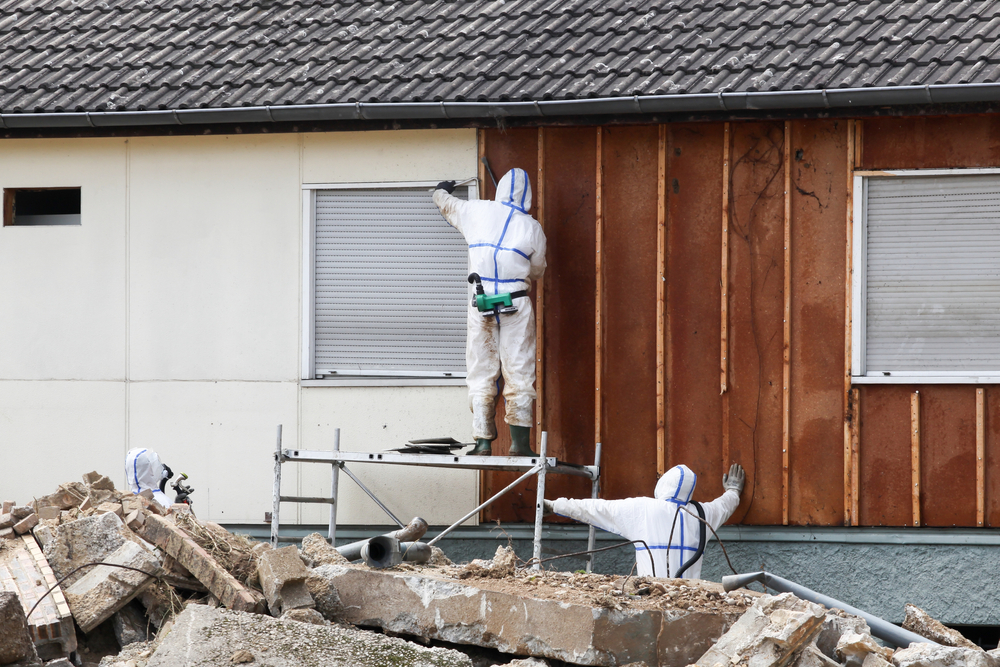
When to Schedule an Asbestos Assessment
Even if materials look intact, asbestos may still be hiding in:
- Flooring adhesives and vinyl tiles
- Pipe and duct insulation
- Joint compound behind drywall seams
- Ceiling textures and panels
Our team conducts thorough site inspections, collects samples for lab analysis, and develops a clear abatement plan that prioritizes safety, efficiency, and full compliance.
Who We Work With
At Environmental Demolition Group, we partner with professionals who manage, renovate, or redevelop aging commercial and institutional properties.
Our certified team supports:
- Property owners and real estate developers
- General contractors and facility managers
- Manufacturing, warehouse, and industrial operations
- Hospitals, clinics, and healthcare facilities
- K–12 schools, universities, and government buildings
- Military installations with strict compliance needs
Don’t Let Asbestos Hold Your Project Back
Whether you’ve confirmed the presence of asbestos in your building or simply suspect it’s there, don’t put your team, tenants, or contractors at risk.
EDG brings 100 years of combined experience, handling the entire process so you can move forward with renovations or restoration, ensuring full compliance and protection.
Call us at 859-363-4863 or request a free proposal to schedule an asbestos assessment with a licensed professional today!

